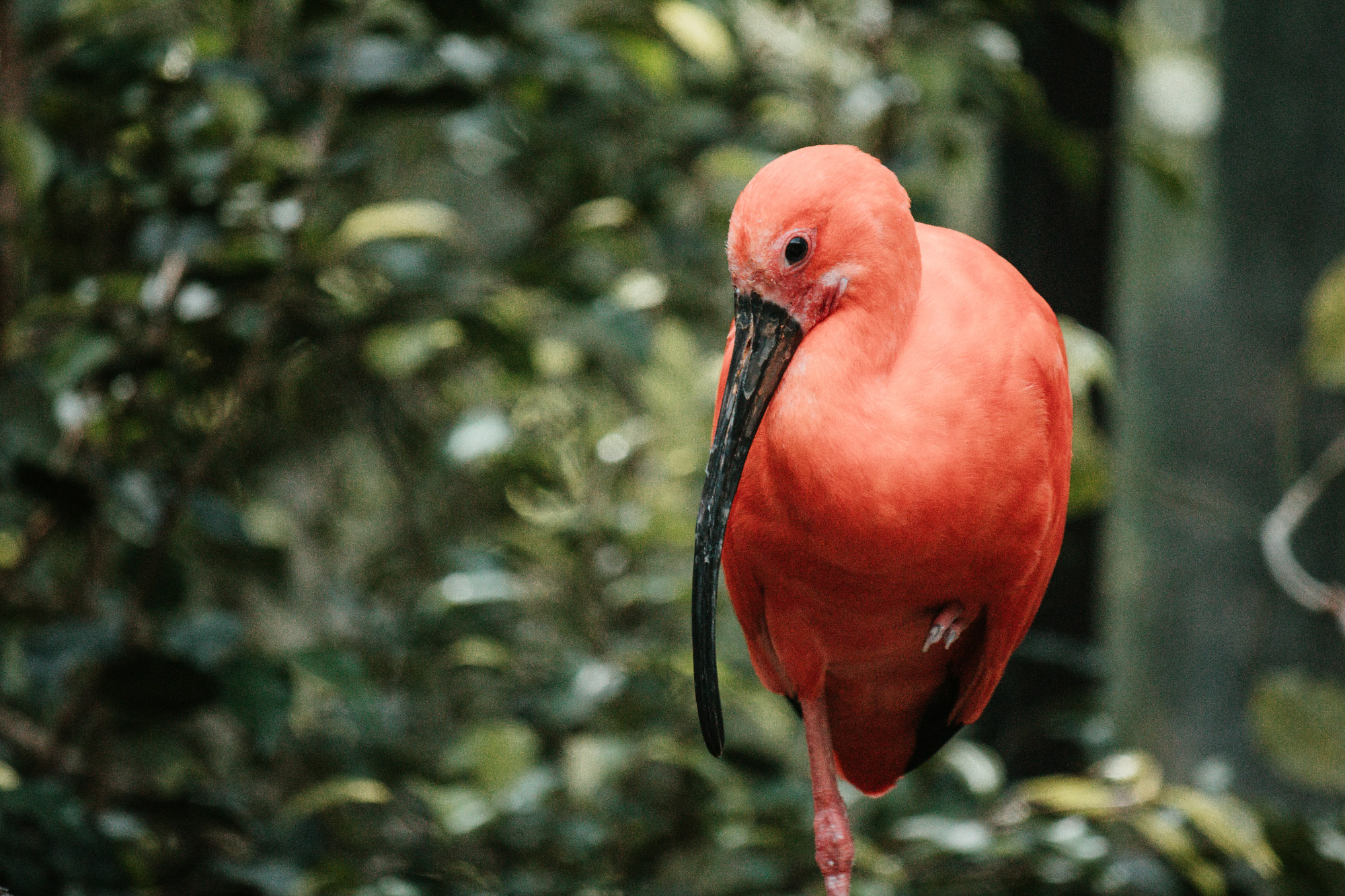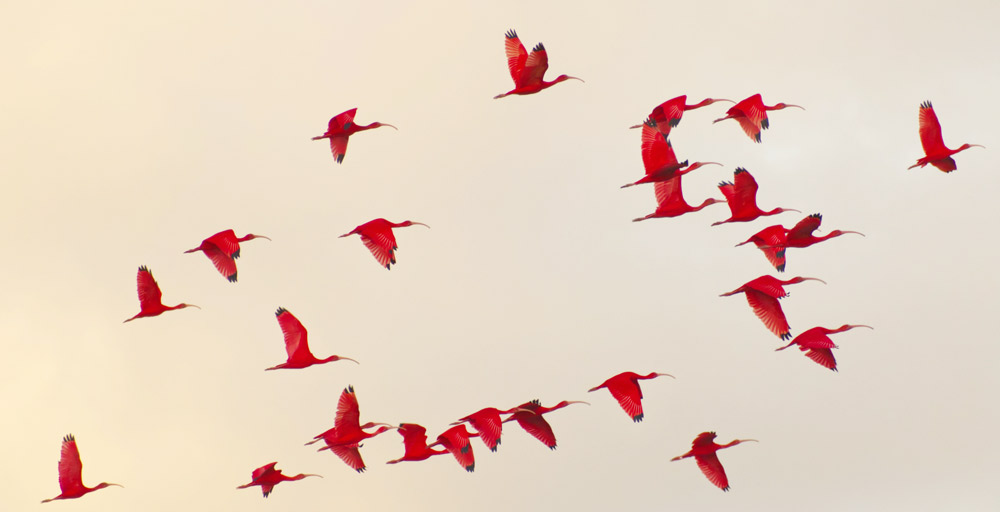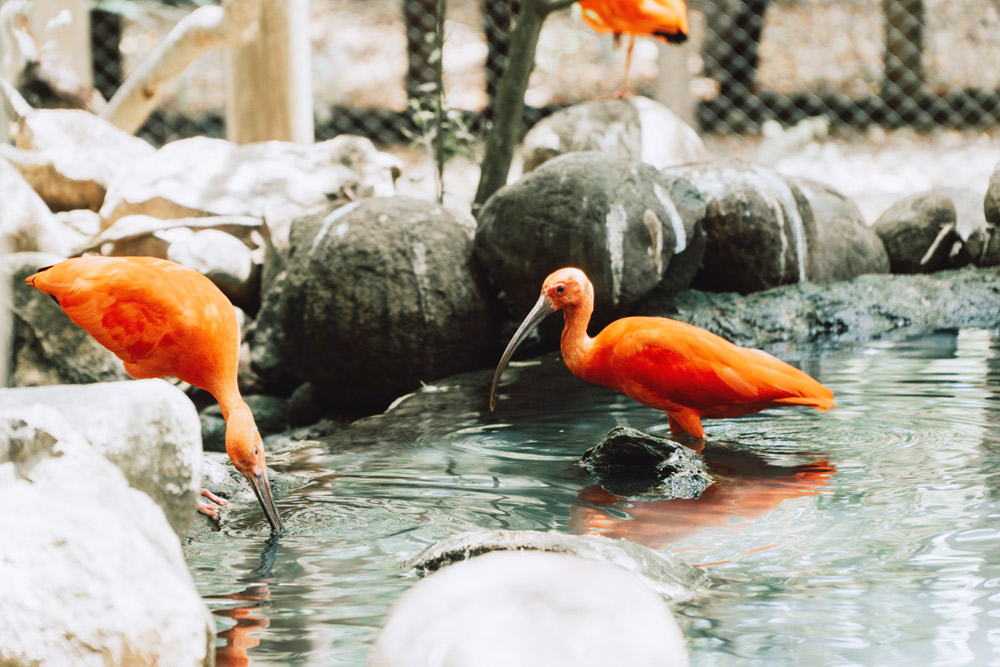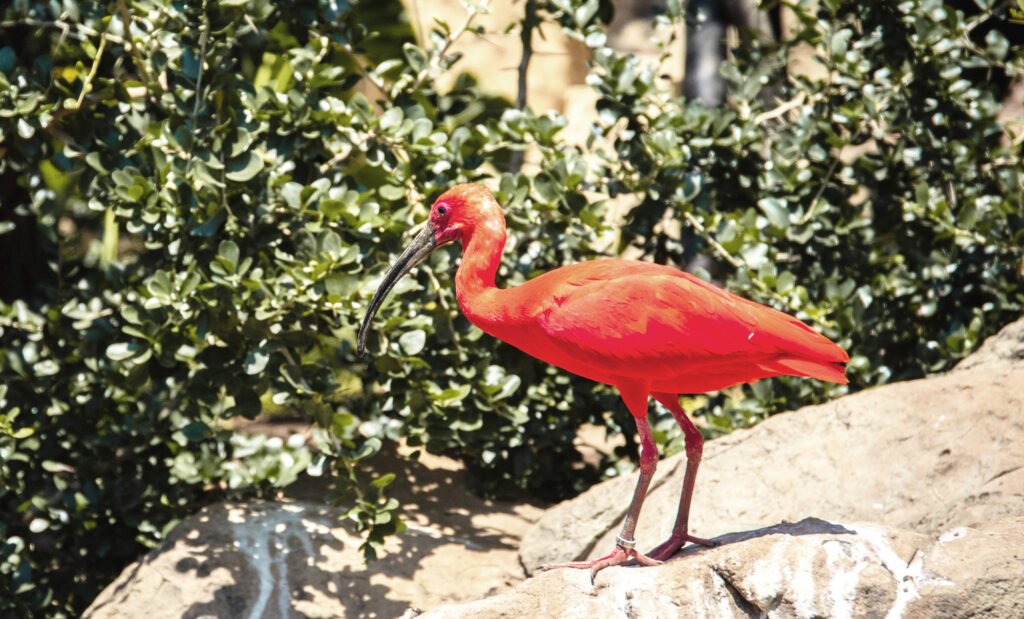The Scarlet Ibis (Eudocimus ruber) is a stunning bird species that can be found in the coastal regions of South America and the Caribbean. These birds are known for their vibrant red plumage, which makes them stand out in any environment. Unfortunately, the Scarlet Ibis is also a threatened species, with its population declining due to habitat loss and hunting. In this essay, we will explore the beauty and importance of the Scarlet Ibis and the efforts being made to protect this magnificent bird.
Appearance and Characteristics
To begin with, the Scarlet Ibis is a medium-sized bird that grows up to 60 cm in length. As its name suggests, the bird’s most striking feature is its vibrant red plumage, which is a result of its diet. The bird feeds on crustaceans, which contain pigments that give their feathers a brilliant red color. The Scarlet Ibis has a long, curved beak that it uses to catch small prey, and its legs are long and thin, allowing it to wade through shallow water.
Habitat and Range
To pursue, the Scarlet Ibis can be found in a variety of habitats, including mangrove forests, salt marshes, and coastal swamps. These birds are native to South America and the Caribbean and can be found in countries such as Venezuela, Guyana, Suriname, Trinidad and Tobago, and Brazil. The birds often congregate in large flocks, making them a spectacular sight for bird watchers and nature enthusiasts.
Behavior and Diet
Also, the Scarlet Ibis is a social bird that often gathers in large flocks, making it easier to find food and avoid predators. The birds are omnivorous, feeding on a variety of small animals, including insects, crustaceans, and small fish. The birds also play an important role in their ecosystem, helping to disperse seeds and pollinate plants.
Threats to the Scarlet Ibis
Unfortunately, the Scarlet Ibis is a threatened species, with its population declining due to habitat loss and hunting. The destruction of mangrove forests and coastal wetlands has reduced the bird’s natural habitat, making it harder for them to find food and nesting sites. Hunting and poaching are also major threats to the bird, as their bright coloration makes them a target for hunters and collectors. In addition, climate change is also a concern, as it can alter the bird’s habitat and food sources.




